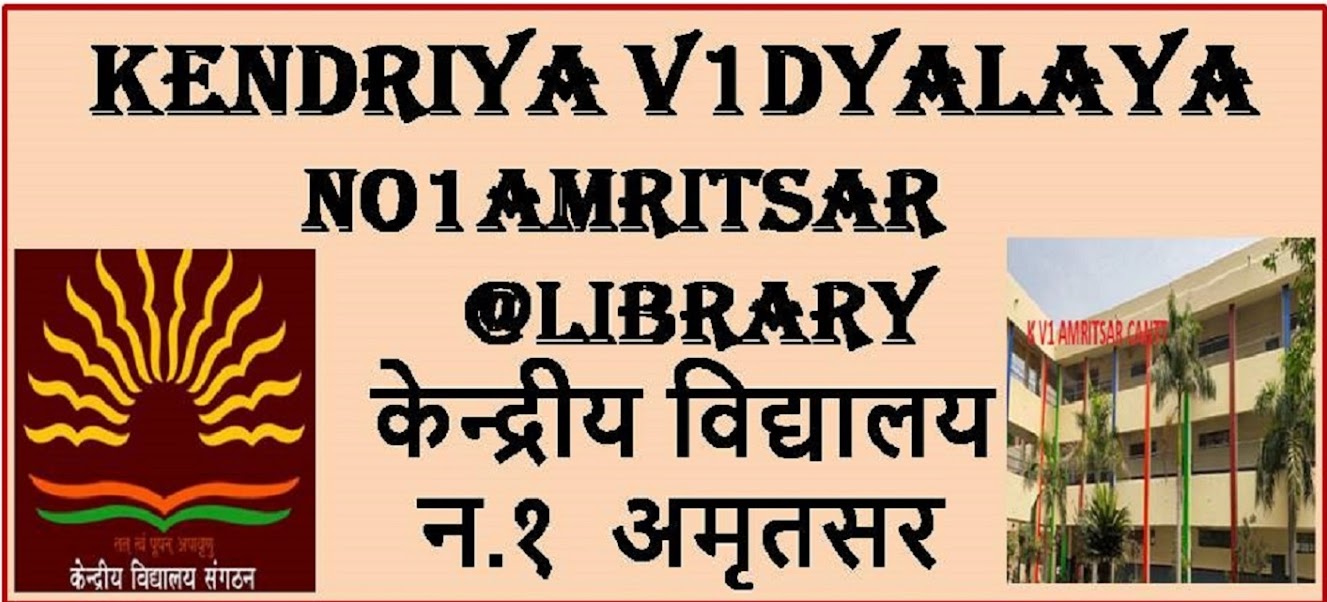Srinivasa Aiyangar Ramanujan
Born22 December 1887
Erode, Tamil Nadu state, IndiaDied26 April 1920
Kumbakonam, Tamil Nadu state, India
SummaryRamanujan made substantial contributions to the analytical theory of numbers and worked on elliptic functions, continued fractions, and infinite series.
Biography
Srinivasa Ramanujan was one of India's greatest mathematical geniuses. He made substantial contributions to the analytical theory of numbers and worked on elliptic functions, continued fractions, and infinite series.
Ramanujan was born in his grandmother's house in Erode, a small village about 400 km southwest of Madras (now Chennai). When Ramanujan was a year old his mother took him to the town of Kumbakonam, about 160 km nearer Madras. His father worked in Kumbakonam as a clerk in a cloth merchant's shop. In December 1889 he contracted smallpox.
When he was nearly five years old, Ramanujan entered the primary school in Kumbakonam although he would attend several different primary schools before entering the Town High School in Kumbakonam in January 1898. At the Town High School, Ramanujan was to do well in all his school subjects and showed himself an able all round scholar. In 1900 he began to work on his own on mathematics summing geometric and arithmetic series.Ramanujan was shown how to solve
in
1902 and he went on to find his own method to solve the
quartic. The following year, not knowing that the
quintic could not be solved by
radicals, he tried
(and of course failed
) to solve the quintic.
It was in the Town High School that Ramanujan came across a mathematics book by G S Carr called
Synopsis of elementary results in pure mathematics. This book, with its very concise style, allowed Ramanujan to teach himself mathematics, but the style of the book was to have a rather unfortunate effect on the way Ramanujan was later to write down mathematics since it provided the only model that he had of written mathematical arguments. The book contained theorems, formulae and short proofs. It also contained an index to papers on pure mathematics which had been published in the European Journals of Learned Societies during the first half of the
19th century. The book, published in
1886, was of course well out of date by the time Ramanujan used it.



.jpeg)
.jpeg)

.jpeg)
.jpeg)









